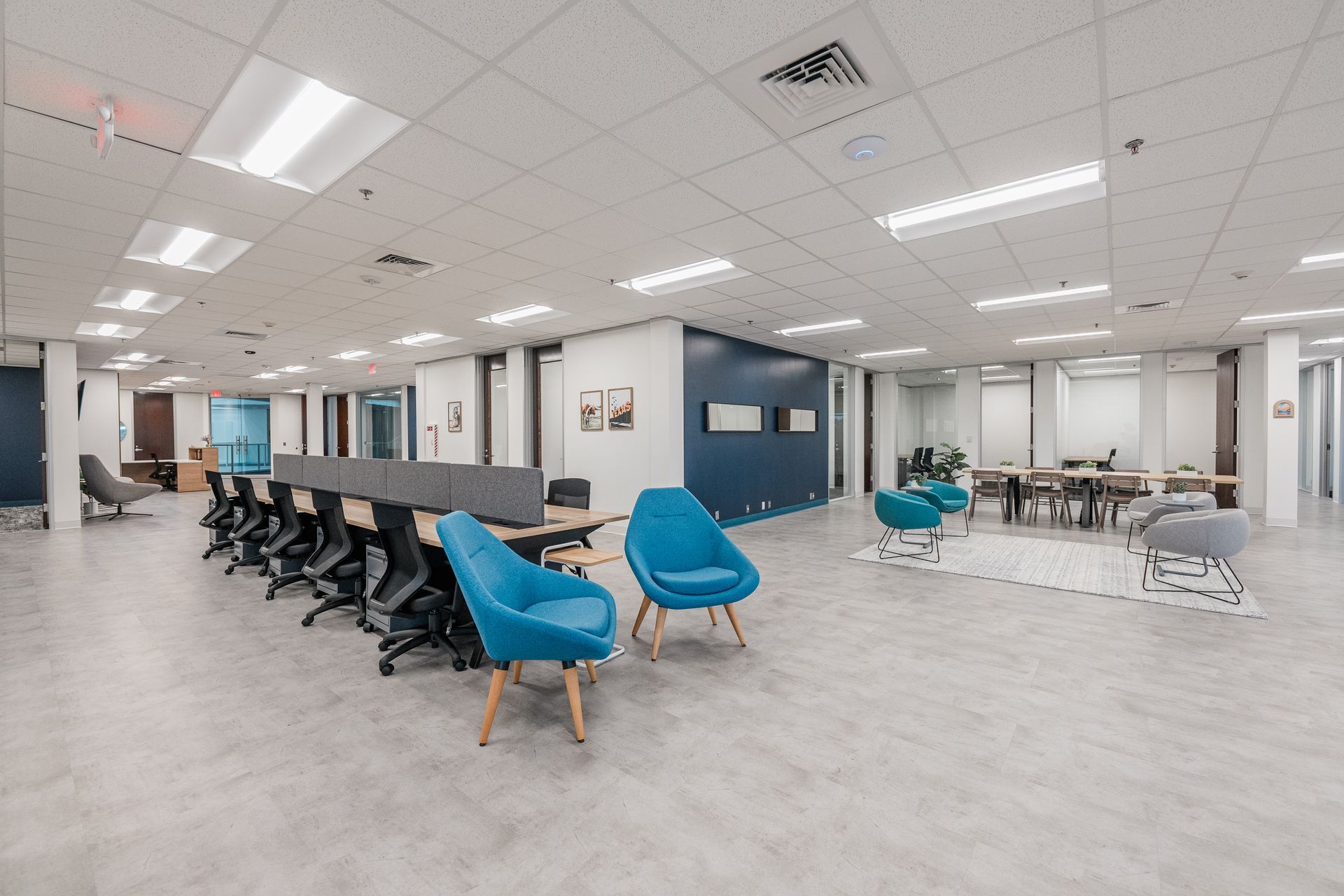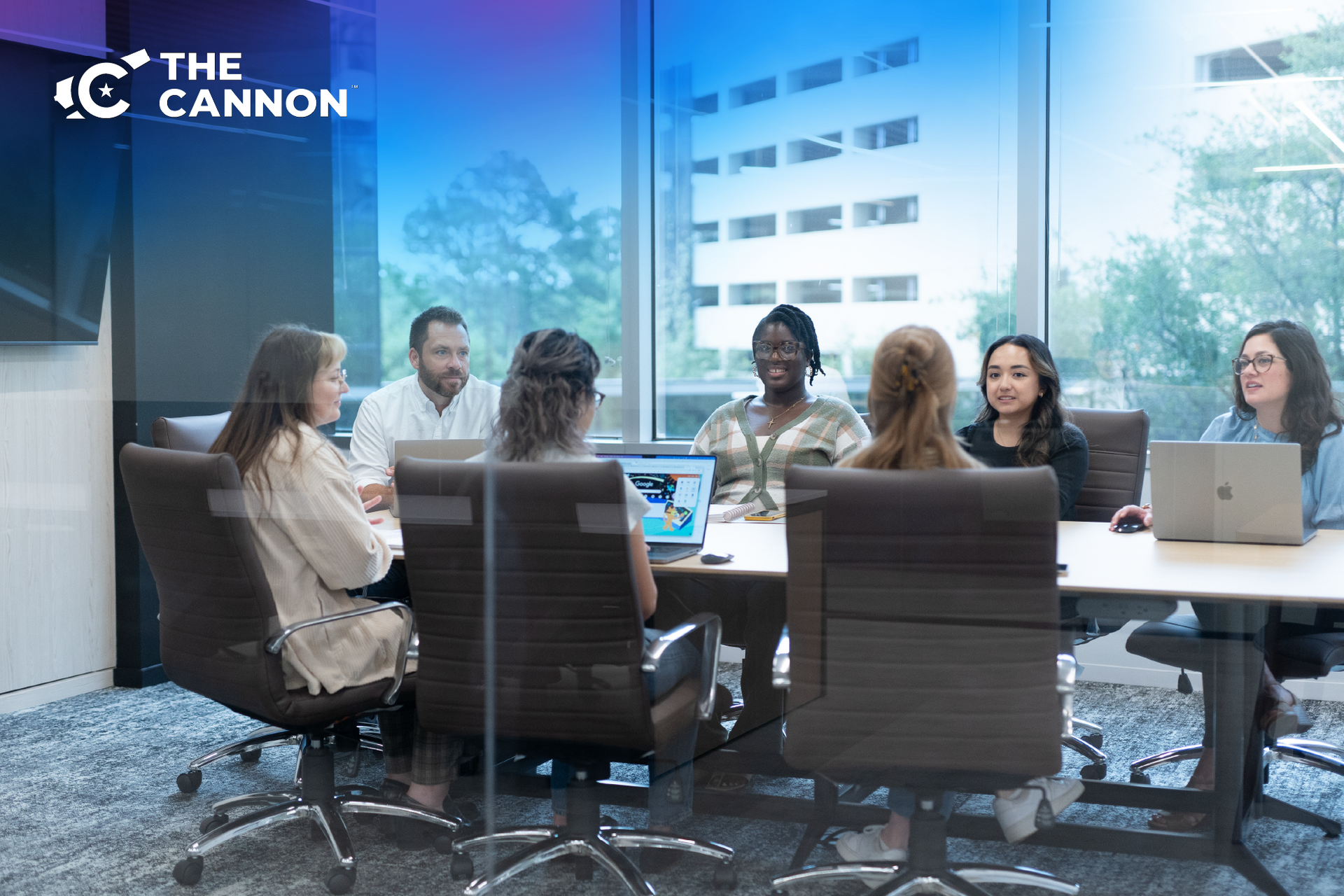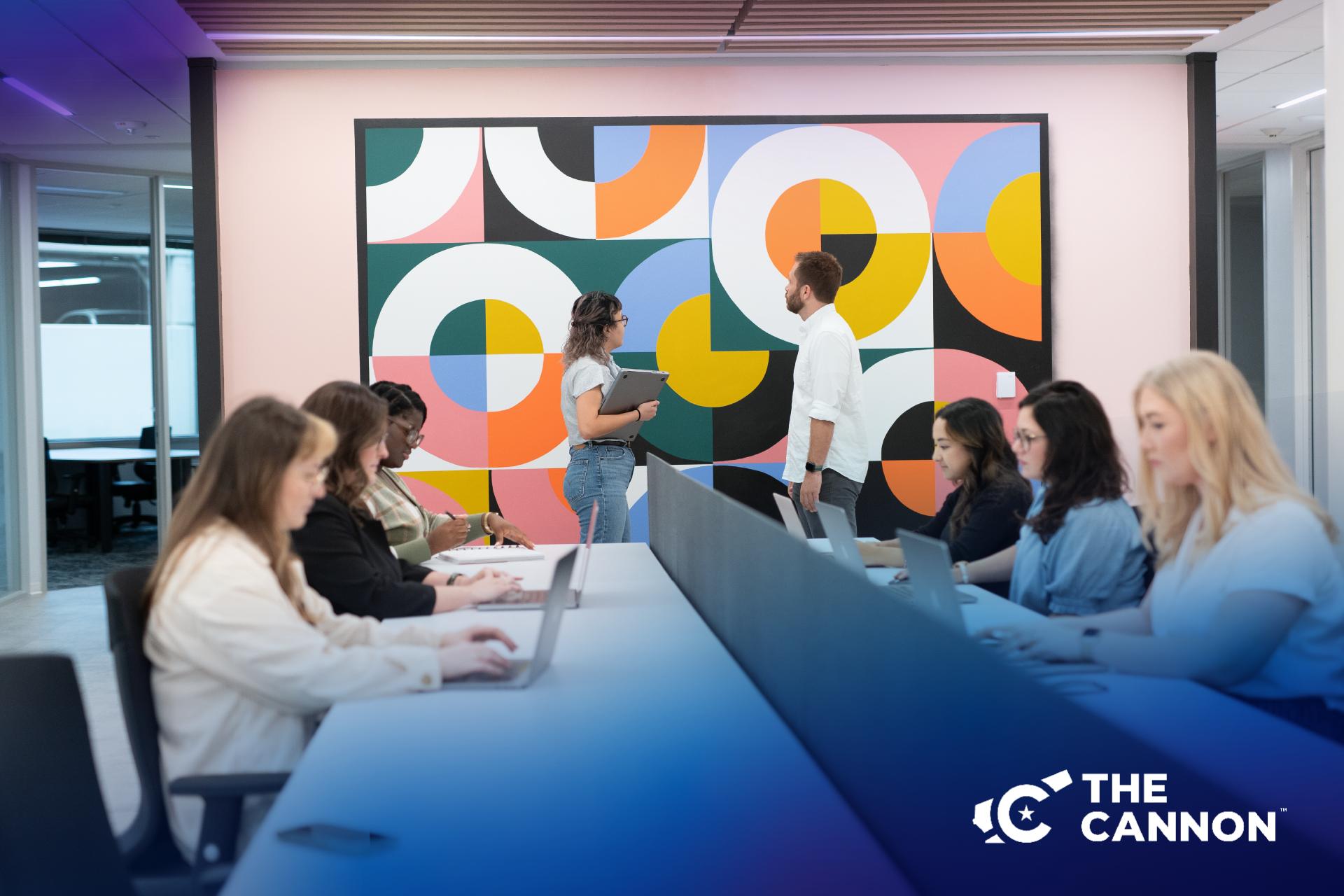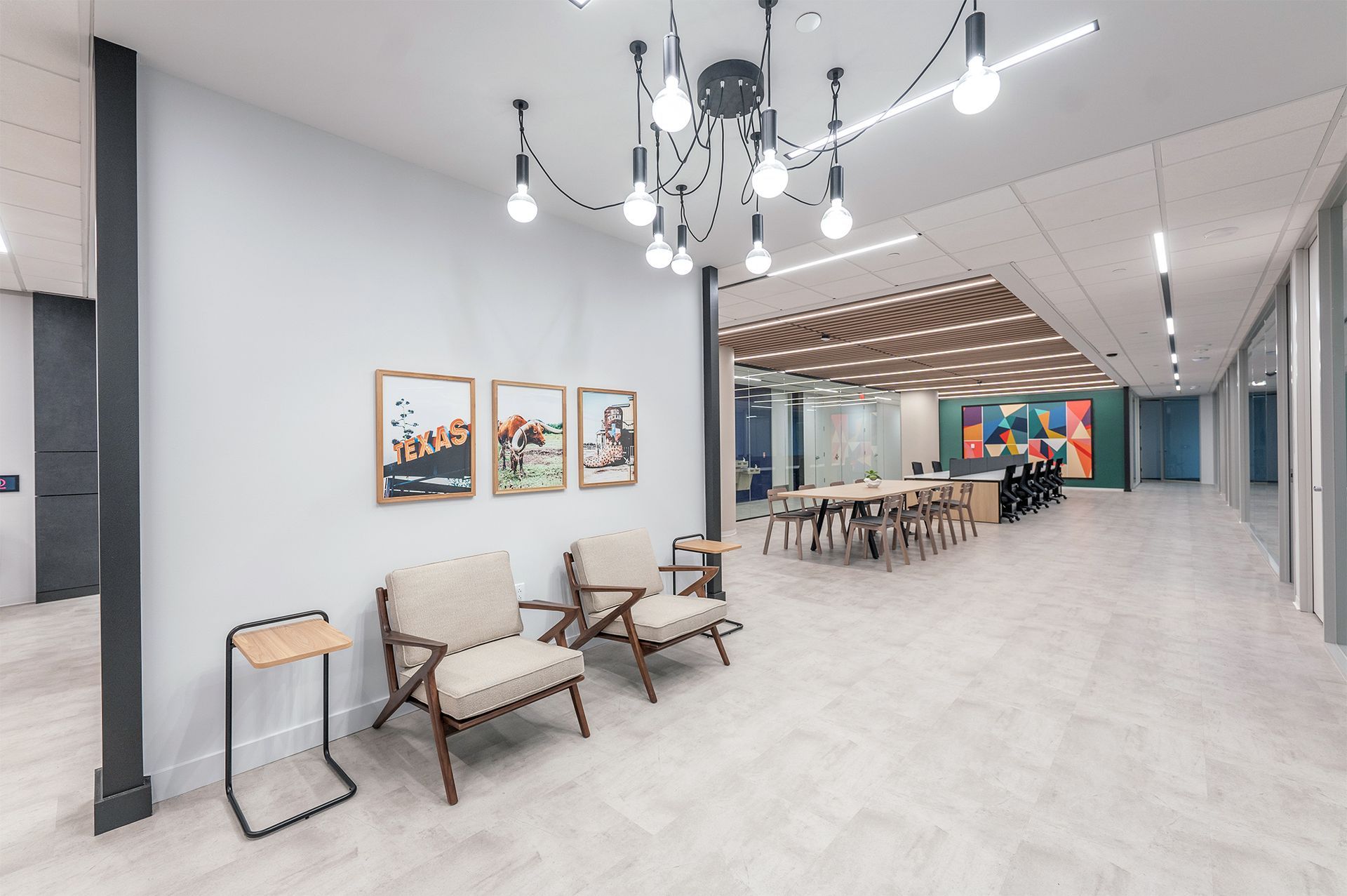What Are Flexible Workspaces and Their Benefits?
Brad True • September 9, 2022
Flexible office space provides employees with various places and ways to work. These dynamic settings allow workers the freedom to work where, when, and how they want—unlike the strict cubicle structure of traditional offices. If you have been rethinking your office layout, then a flexible workspace could be your solution.
Our team put the following guide together to define a flexible workspace and help you decide if it’s your best option.
What Makes a Workspace Flexible?
Flexible working allows workers to choose how to work to best suit their productivity needs; some choices include different spots in the office, non-traditional office hours, and working at home or remotely. Since these employees aren’t forced to adhere to strict hours or spaces, they’re happier and more productive because they have more job satisfaction.
When it comes to making your office space physically flexible, there are a variety of methods to accomplish this goal. One approach is to have activity-based working, which means creating areas around the office based on the activity level. Dedicated spaces for collaboration, quiet zones, or social spots are a few examples.
Another method for flexible workspaces is multi-use spaces and furniture. Standing desks are the most popular example of this method since employees can still have a dedicated space while making it easier for them to move around. Alternative office chairs, such as the
BeYou Chair or
Turnstone Buoy, offer innovative designs and ergonomic comfort.
Types of Flexible Workspaces
There are also different types of flexible offices to suit your needs, depending on the size and demands of your company. Hot desks, for example, are extra desks around the office that can be utilized by in-house, remote, and temp employees.
Coworking spaces take hot desks a step further. This office space allows workers from different companies to work under the same roof. The coworking space managers will provide common infrastructure to the residents and offer significant savings on office rent.
Open offices are a way to structure the office space traditionally without the feelings of separation and division common in cubicle spaces. Longer desks usually take up less space and can accommodate more employees. However, the desks should still be arranged dynamically and possibly incorporate activity-based workspaces to benefit from flexible spaces.
What are the Benefits?
Still unsure about flexible workspaces? You should consider a flexible office space because office layout can influence your employees’ productivity and job satisfaction. Below are some examples of the benefits you can expect from a flexible office.
Saving Money
A flexible working environment can reduce the overhead expenses your company pays for since not every employee will need a desk, computer, and other equipment. With hybrid employees, you can have an open floor plan or unassigned seating to allow them to come and go as they need, and you can have a larger workforce without the need to accommodate every single employee every day.
Happier Employees
Happy employees mean productive employees who are motivated to stay in their position. Allowing your employees to choose how they want to work and giving them a choice to switch up their surroundings gives them freedom and flexibility.
Moving around the office also gives employees the chance to speak to one another, whether they’re from the same department or not. Co-workers who are more connected work better together, making asking questions easier, smoother discussions, and overall comradery.
Employees’ physical health is also positively impacted by flexible workspaces. The flexibility encourages movement, which reduces the risk of musculoskeletal injuries. Improved posture, lower risks of cardiovascular diseases and diabetes, and reduced ergonomic injuries are other physical health benefits of flexible office space over a sedentary working environment. Improved health means fewer sick days and time off for any hospitalization, and the employee’s well-being improves their satisfaction.
Attract and Retain Talent
Even before the pandemic in 2020, working from home and hybrid employees were on the rise thanks to recent technological advances. The world has seen how talented workers can effectively and efficiently work remotely, and many employees enjoy the freedom from commutes and traditional offices. Flexibility is the key to recruiting and retaining employees in this day and age.
This doesn’t mean you have to ditch the office space entirely, as some workers can still feel disconnected from the company by working remotely too often. However, a flexible office space that is well-designed and multi-purpose encourages employees to come in and interact with their colleagues, developing bonds and improving healthy work relationships. Another solution is arranging virtual team bonding activities if you have fully remote employees.
Meeting the needs of your employees benefits your company in the long run because they are less likely to take time away from work to relieve stress and are more productive. When you can not only attract but retain employees, you also save time and resources during transitions and get people who really know your company and can do the best work.
Find The Perfect Office Space
The traditional office cubicle farm has been phasing out, and flexible workspaces are on the rise due to their benefits. Whether you have a lease up soon or just think your office needs a reno, consider incorporating the methods and equipment mentioned above to make it more flexible and more engaging to your employees.
If you’re in the Houston area,
The Cannon has six locations around the city, perfect for those seeking a flexible workspace. Our workspaces have free parking, a professional mailing address, and 24/7 access to all locations. We have
multiple plans with options for a dedicated workspace or office space that are designed to fit your company’s growth stage; conference rooms and meeting rooms are also available to our members.
Book a tour today to learn more about how The Cannon helps innovators thrive everywhere.
Brad True
Brad oversees all overall day-to-day operations of The Cannon and its growing community, including all current and future Cannon locations and Cannon Connect, The Cannon's new online platform. He holds an undergraduate degree in marketing from Texas A&M and a graduate degree from the University of Oklahoma.











